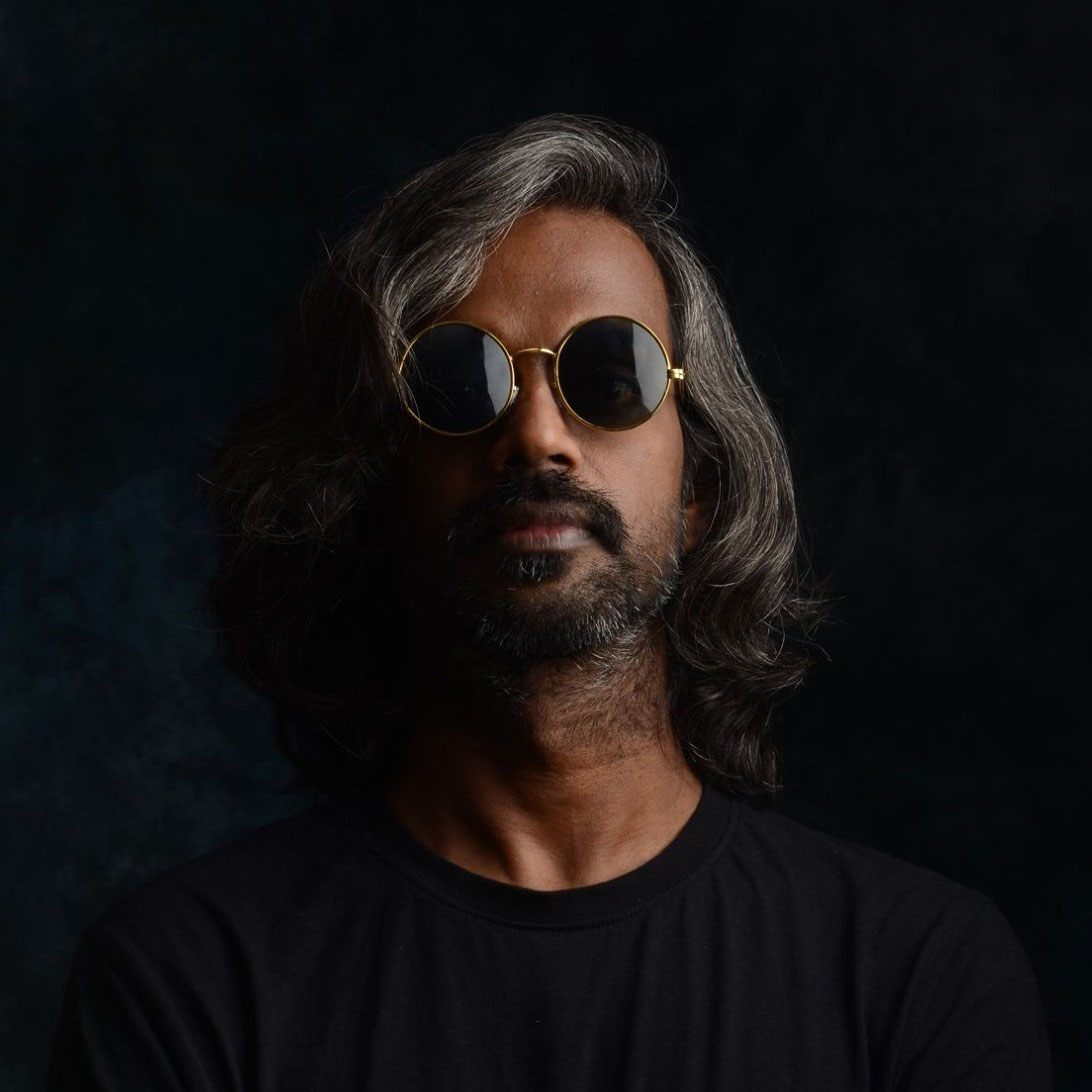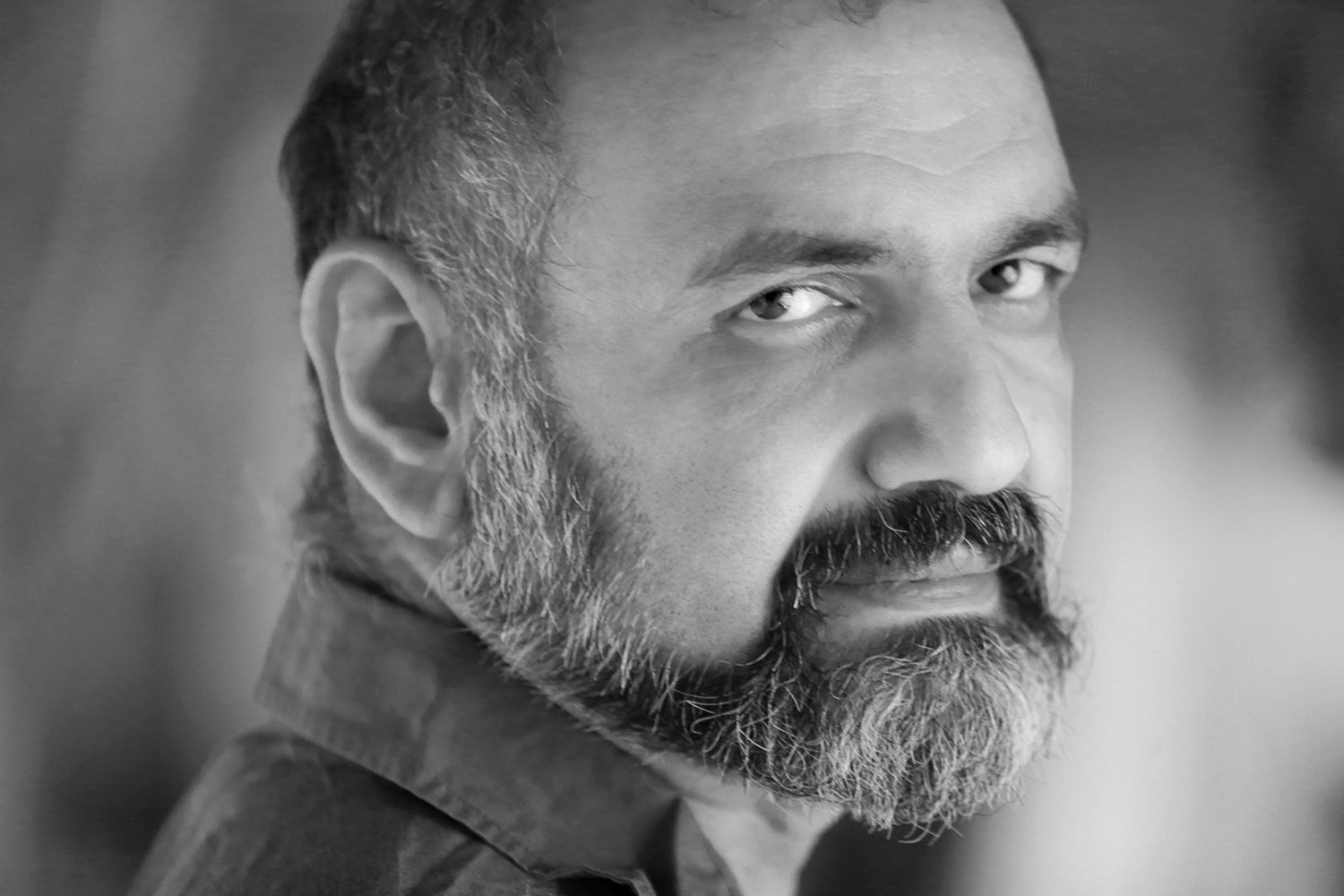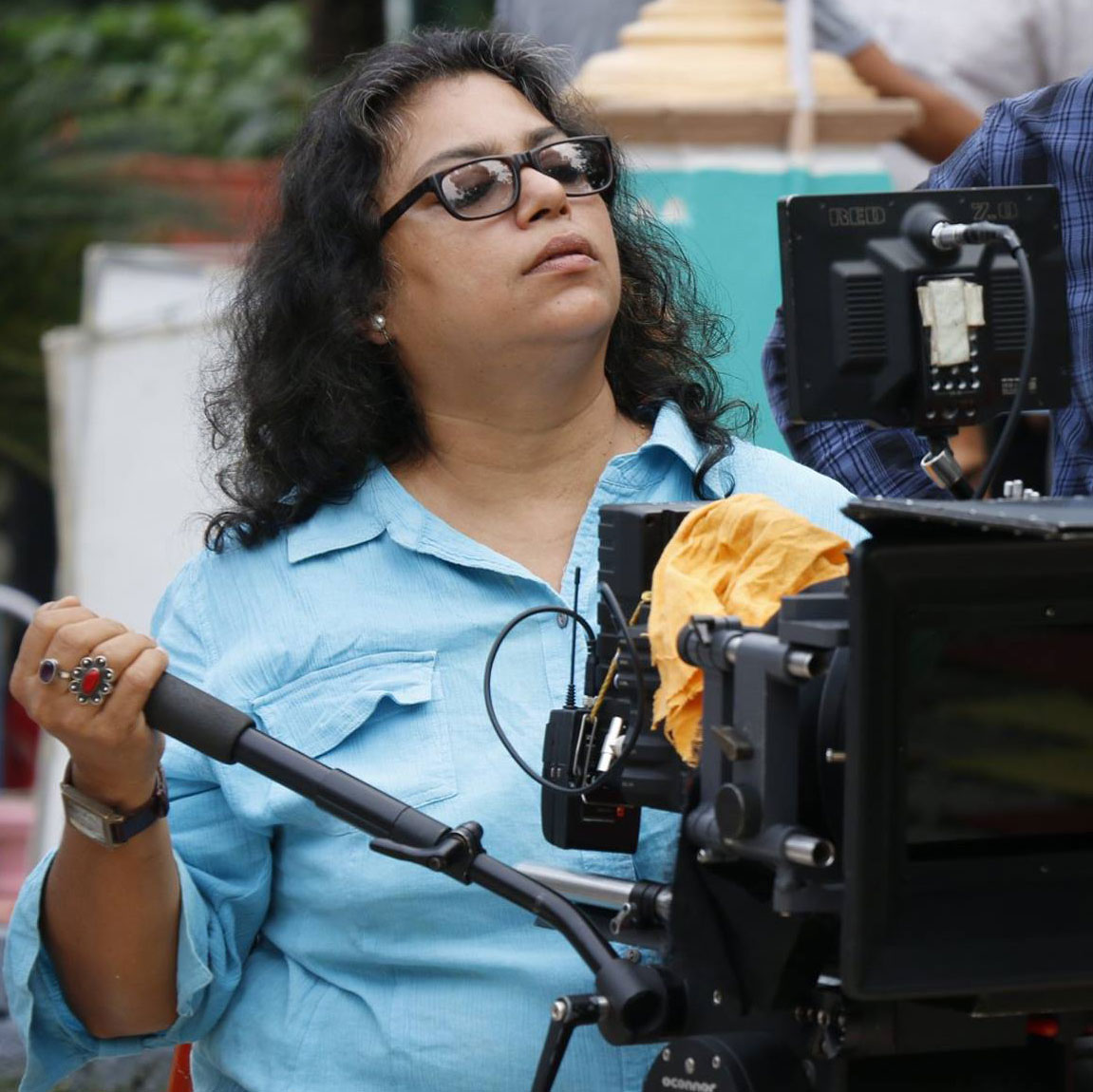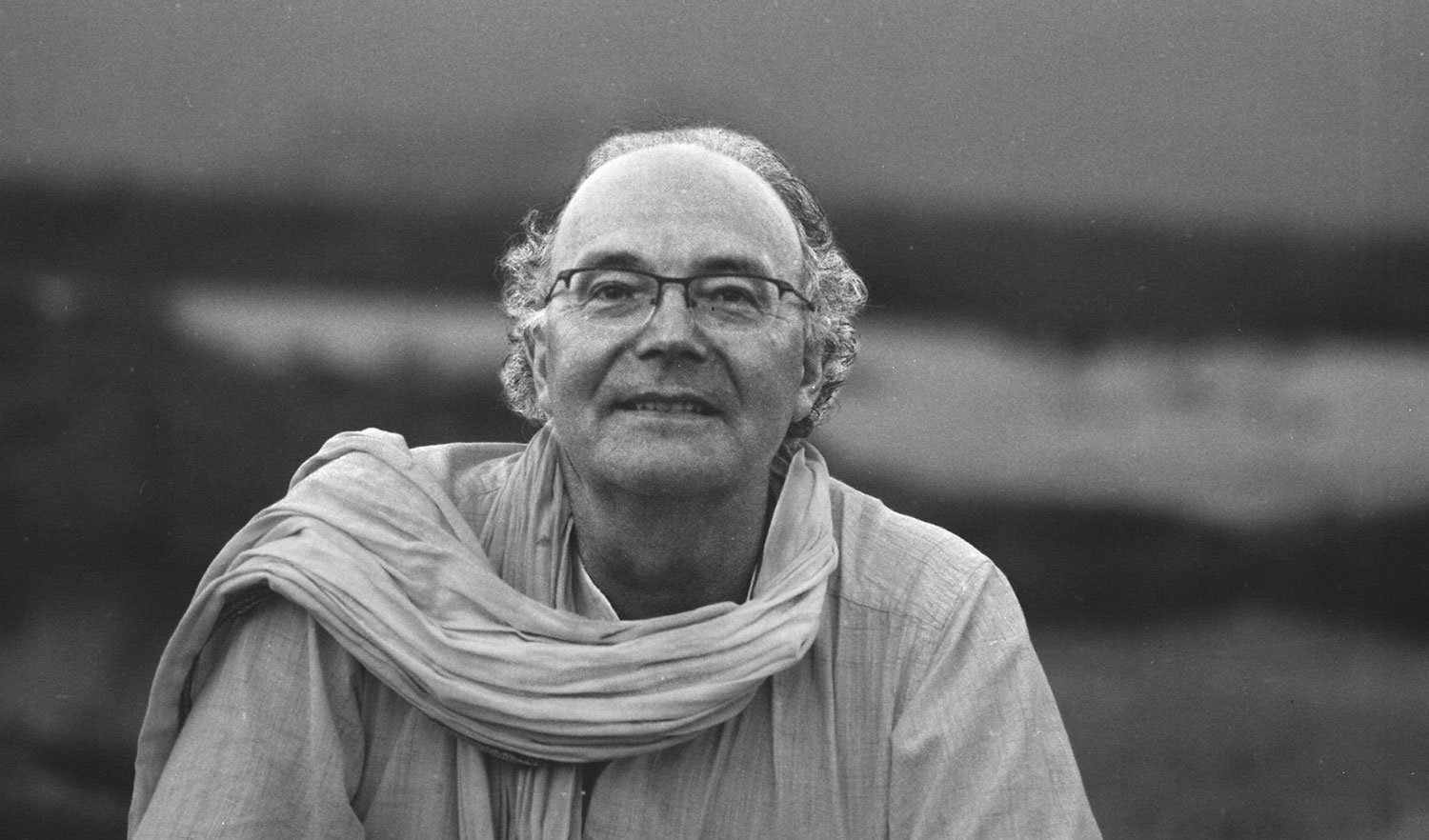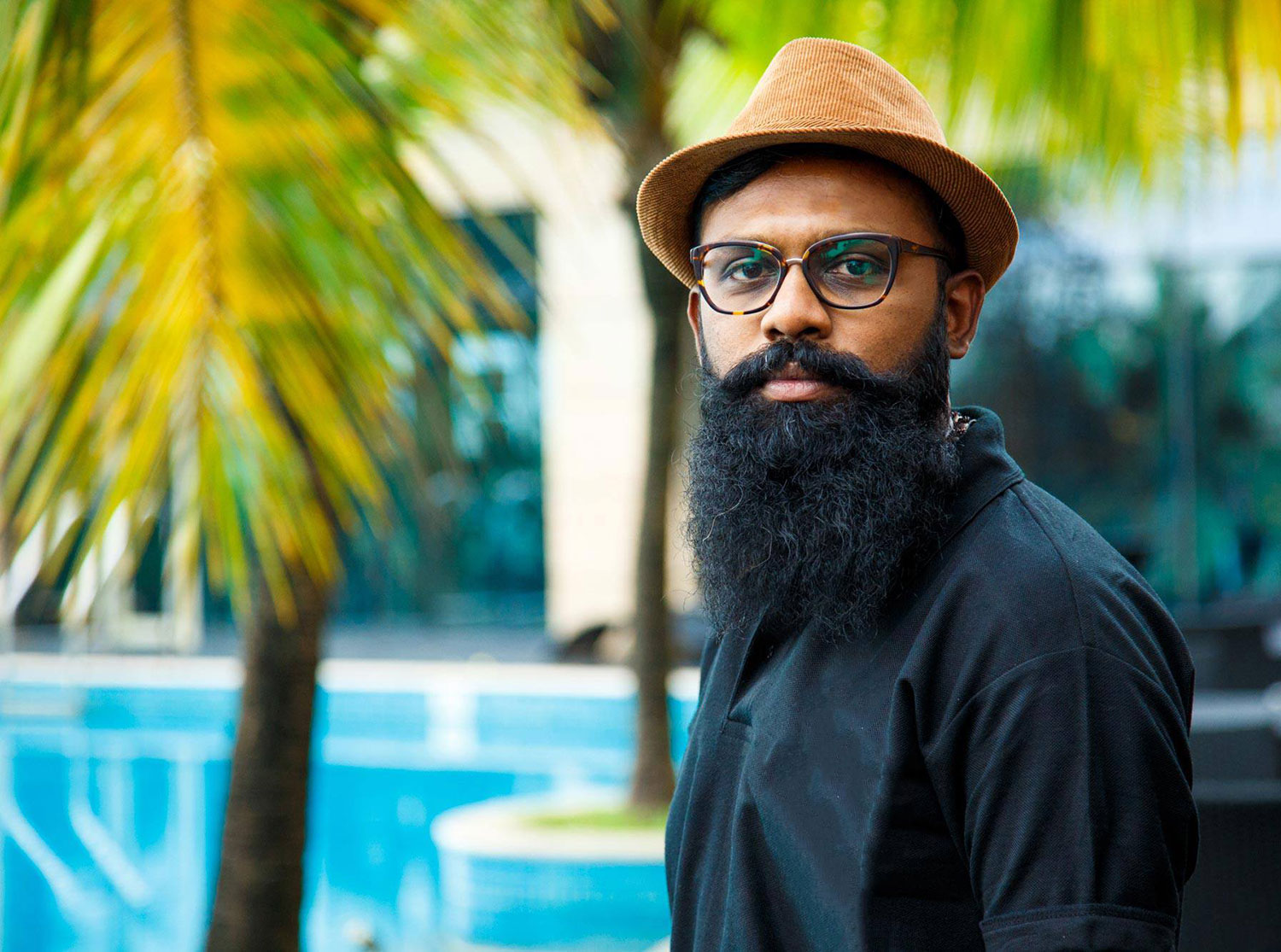Face to Face
Photo Mail publishes
Exclusive interviews
With photographers
Academicians and artists
From related visual
Arts practice
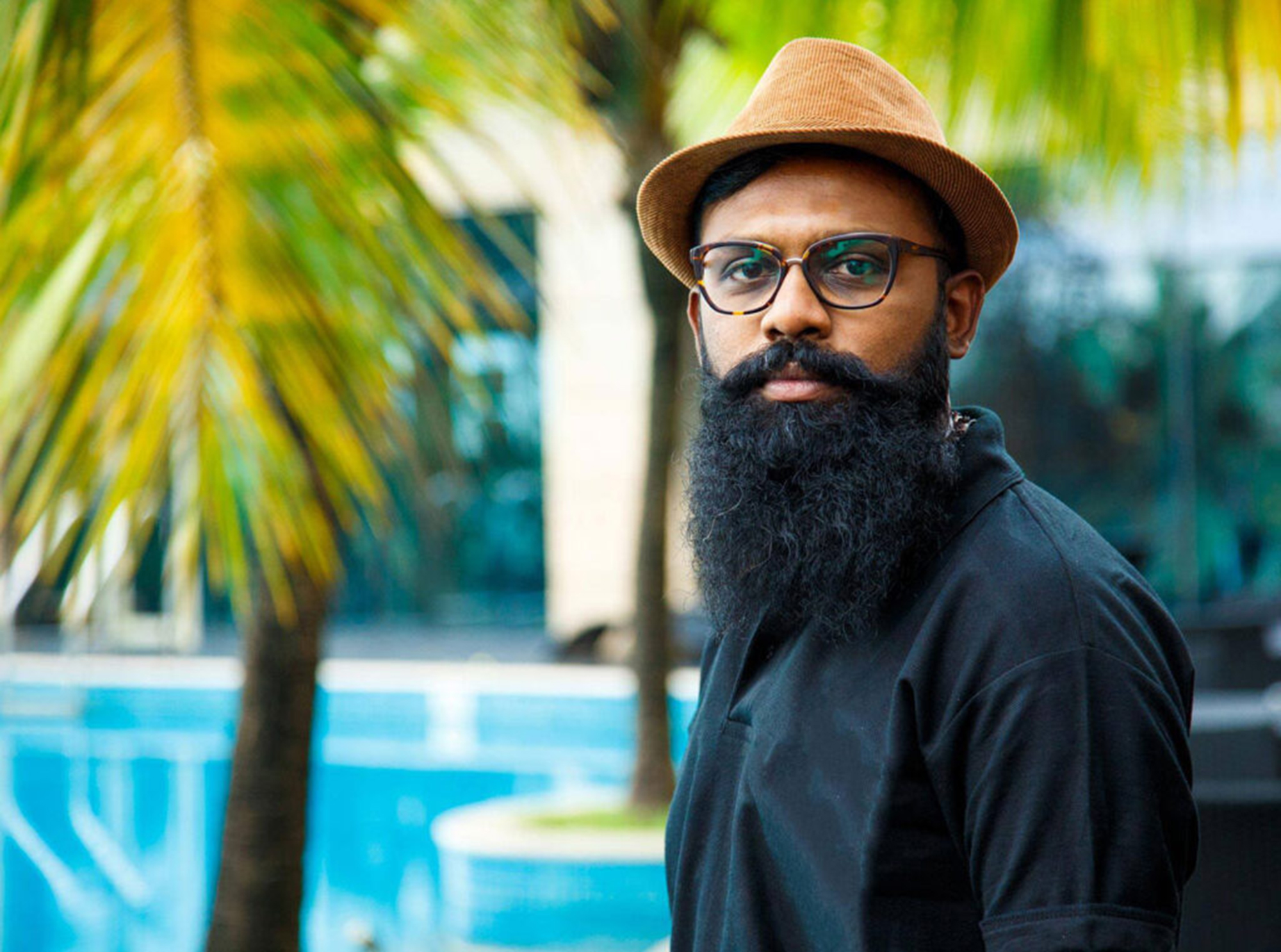
Jiby Charles | Source Internet
Light, eternally equated with the Supreme, traditionally considered a grace, was primally created through fire. It is believed that it took humans many thousand years since the discovery of this phenomenon of spontaneous combustion before they could recreate it. Annamalai Hill in Tiruvannamalai (Tamil Nadu) is revered as ‘Agni’ (Fire). Karthikai Deepam, the festival of lights is one of the oldest festivals celebrated by the Tamil people. Deepam is observed in every home and every temple, and falls in the month of Kārttikai (mid-November to mid-December) as per the Tamil Calender. This occurs on the day when the constellation Karthigai (Pleiades) and pournami (full moon) are in conjunction. This constellation, of which lyrics and legends have been composed, appears as a group of six stars in the firmament in the shape of an ear pendant. The six stars are considered in Indian mythology to be the six celestial nymphs who reared the six babies in the saravana tank, later to form the six faced Muruga, the deity of language Tamil. He is therefore called Karthikeya, the one brought up by the Karthigai nymphs. Houses and streets are lit up with rows of oil lamps (Deepam) in the evening of the festival day. On Karthigai day, a huge fire lamp is lit up on Arunachala, visible for several kilometers around. The fire is called Mahadeepam. Tiruvannamalai, the place of fire, remains partially explored photographically, making little progress since the likes of GG Welling, TNK, Eliot Elisofon, and Henri Cartier-Bresson grazed on the photographic potential of the town. Trial has shown that Tiruvannamalai is deceptively intimidating for photographic ventures; an amalgam of cultures and histories which seem to be intricately and finely threaded and bound. Nevertheless, photography in Tiruvannamalai from the outset has had the fragrance of a lovechild of divinity and beauty. Ekalokam Trust for Photography‘s idea of a collective public photography project based on Tiruvannamalai did create a buzz and several photographers took interest in participating and contributing to it. Bangalore-based photographer Jiby Charles is one among them. Born in Cochin, he has travelled across India, his photographic interest being wildlife, landscapes and the Indian wilderness. In this interview, Jiby shares his experience as a Project 365 photographer.
How did you come to know about the Project 365? What inspired you to join and embark on this journey to a remote, sacred town? What is the subject you have been working on in Tiruvannamalai?
Actually, I had been searching for something new that I could do in photography. I had reached the point where I had to decide if I should go further as an artist or if I should simply perfect my technique and carry on working as I did at the time. I chose to explore the artistic side. Being a photographer who created attractive images didn’t feel sufficient. I began to meticulously search for some new project or initiative that I could part of, or some opportunity that I could take up. Somewhere during my search, I saw EtP’s call for photographers on Facebook. I think one of my friends had shared the post, but I don’t remember who. I looked through the details and immediately worked out a concept for the project. The concept that I submitted for my project, “Flora and Fauna of Tiruvannamalai”, was approved and I talked to Abul about it. The initial discussions were promising and I began to look forward to, even to be excited about, the project. The project seemed like a good opportunity for me to venture into an area of photography that I previously had not stepped into, due to the nature of my photographic journey. I don’t know what I found attractive about this town before I came here. Anyhow, I was excited. I already knew that Tiruvannamalai attracted a huge pilgrim crowd. I may have expected a well-connected town which indulges in a pious life, as a whole.
As a photographer coming from an urban background, what do you see in Tiruvannamalai? What was your first impression of this town? Can you share your experiences from the first few days as part of this project?
My journey from Bangalore till Salem was casual. I was under the impression that Tiruvannamalai is somewhere close enough to Salem, but found that it was another 4 or 5 hours of bus ride away. This is where my actual impressions about Tiruvannamalai began to take form. The terrible bus ride, owing to the condition of the road, hinted at a very remote town. Maybe even a village. A gradual wave of pessimism came over me. In retrospect, it was perhaps my urban background that made me so cautious. I was used to life in Bangalore, and Cochin before that, and found it hard to envision working in a remote rural locale. Once I got to Tiruvannamalai, my impressions didn’t change too much. But I got some deserved relief once I reached the camphouse and met my fellow photographers. I was still determined to carry on with my project, despite some slight misgivings. I found myself spending quite some time going around the town, alone or with co-photographers. I also had to interact with people when I was with my co-photographers, because some of them did not grasp Tamil, and I performed the role of their translator at times. Arunachala grew on me. I used to lounge on the porch and stare at the majestic view of the hill, and Abul would comment in half-humour that Arunachala was going to take me over. My affection towards Tiruvannamalai also increased day by day, as I explored it more. By some time, I had discovered that there was nothing quite exceptional about the flora and fauna of Tiruvannamalai and that I had limited scope in this area. I discussed further with Abul and decided to broaden my subject to include the ecology and sociology of the hill.
In my time here as a volunteer for EtP, I’ve heard Abul and Tulsi talk about how you have been a frequent visitor here, about your exploration of the town and your visible subsequent transformation. What got you so interested?
Well, the whole town and its surroundings got me interested, to be simple. As for the transformation, even I have felt it myself. My outward appearance has had a radical change. This has much to do with the time I spent with the sadhus and sanyasis who frequent Tiruvannamalai. Being the son of a priest, I had attributed to myself a certain religion-based and community-based identity. My sense of belonging to the Christian community has never interfered with my relationships with people from other religious backgrounds. Nevertheless, I had preconceptions about certain things, certain lifestyles as not suiting for a Christian. I happened to meet a Swami from Nepal who sold Rudrakshas. We developed an understanding and I ended up spending a lot of time with him. He told me the mystical and spiritual story of Rudrakshas, how they help the body and the science behind it. Rudrakshas have since remained an interest for me, and I still wear the one that the Swami gave me. Similarly, my interactions with sadhus taught me a lot about life. I now see religions as philosophies about life, and instructions on how to live your life. The sadhus that visit Tiruvannamalai are Saivites, who worship their own body. They can be called naturalists, I think. Different sadhus have explained different sides of Saiva Siddhantha to me, a philosophy that I find attractive. The presence and stature of Ramana Ashram in Tiruvannamalai cannot be ignored. It is here that I first experienced the bliss of meditation. Ramana Maharshi himself being a follower of Saiva Siddhantha, I could connect the experiences I had with the sadhus to the ashram. Apart from all this, I had met an Ayurveda practitioner who collected herbs from Arunachala. It was another interesting and informative experience. This happened while we were climbing Arunachala for the second time; both the climbs were in connection with the Deepam. The first climb had revealed to me the intimidating side of Arunachala, but on the second climb, Arunachala seemed cool and gentle. It seemed like the two personalities of Siva, rooted in rage and mysticism respectively.
You had climbed up the hill during the Deepam festival. Could you narrate your experience of Deepam?
I got the chance to climb to the top courtesy of a Nattar family whom EtP had introduced. The Nattars, fishermen by trade, are given the traditional right to light the Deepam on all the days of the festival. I was invited to accompany them. This was the time that I climbed Arunachala for the first time. I was excited to have got the chance to document the lighting of the Deepam, something which very few photographers have done before. Arunachala seemed to me to be behaving intimidatingly to me, and I soon fell behind the group of climbers. I still consider it a fortune that I found the will to finish the climb that day because I was afforded a unique and intriguing view of the festival. Deepam, as a festival, was an incredivle experience for me. I suppose the cultural nuances that go with it intrigued me the most, such as how each caste, each community played a specific role as if it was divine right. The social differences are treated positively, a real example for communal harmony. I was part of the Project 365 documentation of the festival too, and I learnt quite a bit about Hindu culture, community and life.
How has your approach to photography and the kind of images and language you used changed after working in the project? Do you feel your way of representation has seen a shift?
Of course, there has been a huge shift in the way I photograph. I suppose a third person would be able to spot it quite easily too, if (s)he sees my images. Before joining the project, the way I perceived photography was amateurish, I could say. Amateurish in the sense, I was more interested in the visual “glamour”, such as using telephoto lenses, capturing wildlife and landscapes in vivid and attractive colours and gimmicks of that sort. I feel I was doing those simply because the images seemed different on a superficial level – we are not used to seeing magnified images, so we find images taken with a telephoto lens attractive. The same goes for the vividness. An year on, following interactions with some of the great photographers who were working in the project and Abul himself, I feel I have begun to develop a personal language in the medium that goes at least a few layers deeper than the quality of the visual. I try to capture moments that will not come back, to tell stories through this medium, using the stillness and silence of it. I also understand the fundamentals of photography better – the barest elements which are needed to make a photograph. Most of all, I realize photography is an imprint left by a pattern of light.
From your original idea of wildlife documentation, how and why did you start focusing on the Arunachala Hill?
This project is beyond mere objective documentation. Why I chose to centre my project around the hill is easily explained – I find Arunachala to be a spiritual source. My exploration of the town and the nearby areas have really affected the work that I produced, both in that I have grown spiritually, feel more mature and produce more mature work and also my geographic knowledge and social experience. I’ve produced photographs related to many of my personal experiences, although as part of documentation. Along the way, I’ve learnt quite a lot about photography, the art of documentation and myself. The shift in the subject itself can be equated to a shift in my perspective and concerns.
Published on January 10, 2017
Share
Related Articles
Interview with Selvaprakash Lakshmanan
Selvaprakash Lakshmanan is an independent photographer based in Bangalore. He earned his Masters in Communication from Manonmaniam Sundaranar University, Tirunelveli (2000 - 2002). In the year 2002, he started his career in photography as a staff photographer for Dinamalar, a leading Tamil newspaper and has later worked with Dinakaran, DNA and Time Out Magazine. His photographs have been published in leading National and International newspapers and magazines and exhibited in photo festivals. In this exclusive interview, he is sharing his work life and thoughts on photography.
Interview with Ramesh Varma
Ramesh Varma is a noted stage actor and director. He is also a Kathakali performer and has acted in lead roles in few Malayalam cinemas. An alumnus of Maharaja’s College, Ernakulam, and School of Drama, Thrissur, he is currently a lecturer in the theatre department in Sree Sankaracharya University, Kalady. His theatre works are notable for their focus on regional aesthetics and forms, with due importance being given to innovation and contemporary thought. He takes keen interest in photography, and has been practicing it diligently for the past six years. The numerous and varied photographs taken during his ‘Morning Walk’, a series of black and white images, are indeed theatrical, in the truest sense. Ramesh Varma has worked as a curator in ITFoK. In this exclusive interview by Arjun Ramachandran / Photo Mail, Ramesh Varma talks about aesthetics, the direction, and the future of theatre, while touching on the personal and the political facets of expression in different media.
Interview with Fowzia Fathima
Fowzia Fathima is a cinematographer, who graduated from the Film and Television Institute of India, Pune. She is well-regarded as a teacher, having taught in various institutes including the Satyajit Ray Film and Television Institute. She has recently come into further prominence for pioneering the Indian Women Cinematographers’ Collective – a first of its kind effort in uniting women cinematographers across the Indian film industry.
Interview with Thierry Cardon
Thierry Cardon is a French photographer born in Zaire. He spent his teenage years in Morocco before studying in Paris School of Fine Arts. He now lives in Blois, where he devotes himself to his librarian job, his art therapist's activities at a psychiatric hospital for children, and to photography. A dedicated printmaker and an educator, Thierry conducts workshops for young and aspiring photographers. He has published several photo-book and has exhibited in art galleries and other spaces in France. He works with traditional techniques, has mastered different chemical printmaking processes, and admits to consciously taking a slow route towards the end result, comparing it to meditation. Thierry uses digital technology only minimally, stressing that knowledge of traditional techniques is crucial to gaining flexibility and escaping the narrow avenues offered by commercially popular methods and prints. He was part of Ekalokam Trust for Photography's Project 365 Tiruvannamalai Public Photo-art Project done in 2014 - 2015.
Interview with Jiby Charles
Bangalore-based photographer Jiby Charles is one among them. Born in Cochin, he has travelled across India, his photographic interest being wildlife, landscapes and the Indian wilderness. In this interview, Jiby shares his experience as a Project 365 photographer.


